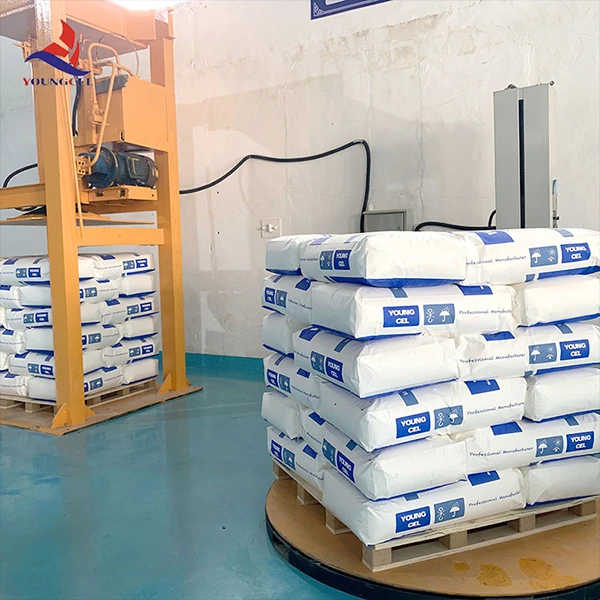The Role of Cement Additives in Modern Construction
Cement additives play a crucial role in the construction industry, enhancing the properties of cement and concrete to meet the demands of modern building practices. As urbanization accelerates and the need for durable, high-performance structures grows, the importance of these additives cannot be overstated. They not only improve the mechanical properties of cement but also contribute to sustainability efforts by optimizing material usage and reducing environmental impact.
One of the primary functions of cement additives is to modify the setting time of concrete. This is particularly important in large construction projects where temperature and environmental conditions can affect curing time. Additives such as retarders and accelerators help to manage the hydration process, allowing for flexibility in construction schedules. Retarders slow down the setting time, which is beneficial in hot weather conditions, allowing concrete to stay workable longer. Conversely, accelerators speed up the curing process, which can be advantageous in cold weather, enabling faster project completion.
In addition to managing setting times, cement additives enhance the strength and durability of concrete
. Common additives like fly ash, slag, and silica fume contribute to the pozzolanic properties of cement, resulting in higher compressive strength and improved resistance to chemical attacks. These materials, often by-products of other industries, are not only cost-effective but also promote sustainability by recycling industrial waste. The incorporation of these additives can significantly increase the lifespan of structures and reduce maintenance costs, ultimately benefiting both contractors and property owners.cement additives

The workability of concrete is another area where additives make a significant impact. Superplasticizers, for example, are used to increase the flowability of concrete without the need to add extra water. This allows for the production of high-strength concrete with a lower water-to-cement ratio, leading to improved durability and reduced permeability. Enhanced workability is particularly beneficial in complex architectural designs where intricate formworks are required.
Moreover, cement additives can improve the overall sustainability of construction practices. By using industrial by-products as additives, the need for virgin materials is reduced, lessening the environmental footprint of construction activities. Additionally, certain additives can reduce the carbon footprint of cement production. For instance, using a blend of cement and supplementary cementitious materials can lower the amount of clinker required, which is the primary source of carbon dioxide emissions in cement manufacturing. This aligns with global efforts to combat climate change and promote greener construction methodologies.
The innovation in cement additives does not stop at just improving physical properties. Researchers are continually developing new formulations that can address specific challenges faced by the construction industry. For instance, self-healing concrete, which incorporates special additives that can repair cracks autonomously, represents a significant advancement in construction technology. This innovative approach not only extends the lifespan of structures but also reduces the need for extensive maintenance and repairs.
In conclusion, cement additives are indispensable in modern construction, offering solutions that enhance performance, sustainability, and economic efficiency. By improving the properties of concrete, they enable engineers and architects to design and construct safer, more durable structures that meet today’s demanding environmental standards. As the construction industry continues to evolve, the role of these additives will become even more critical, making further research and development in this field essential. Embracing advancements in cement additives will not only lead to improved construction practices but will also contribute significantly to building a more sustainable future.
-
Rdp Powder: Key Considerations for Wholesalers in the Building Materials IndustryNewsJul.08,2025
-
Key Considerations for Wholesalers: Navigating the World of Hpmc - Based ProductsNewsJul.08,2025
-
Hpmc Detergent: Key Considerations for WholesalersNewsJul.08,2025
-
Key Considerations for Wholesalers: China Hpmc For Tile Adhesive, Coating Additives, Concrete Additives, and MoreNewsJul.08,2025
-
Crucial Considerations for Wholesalers: Navigating the World of Construction MaterialsNewsJul.08,2025
-
Key Considerations for Wholesalers Sourcing Additive For Cement, Additive For Concrete, Additive For Putty from Additive Manufacturer Shijiazhuang Gaocheng District Yongfeng Cellulose Co., Ltd.NewsJul.08,2025




